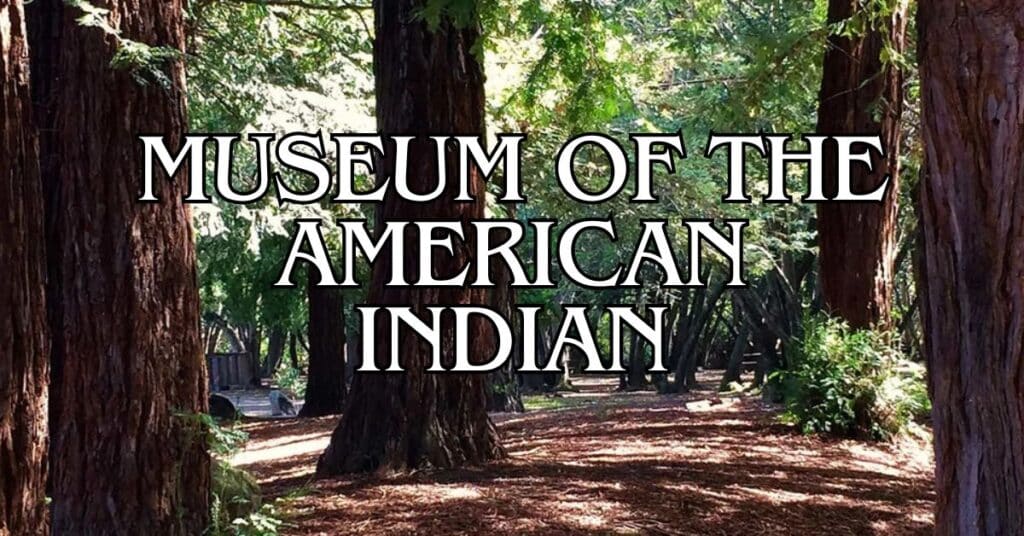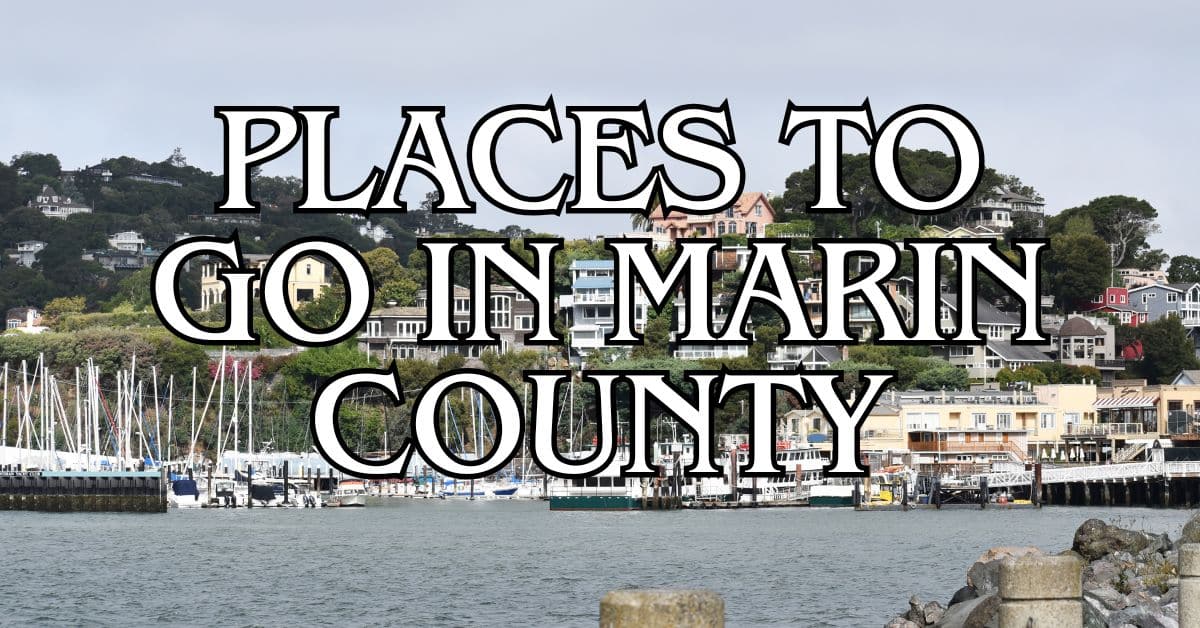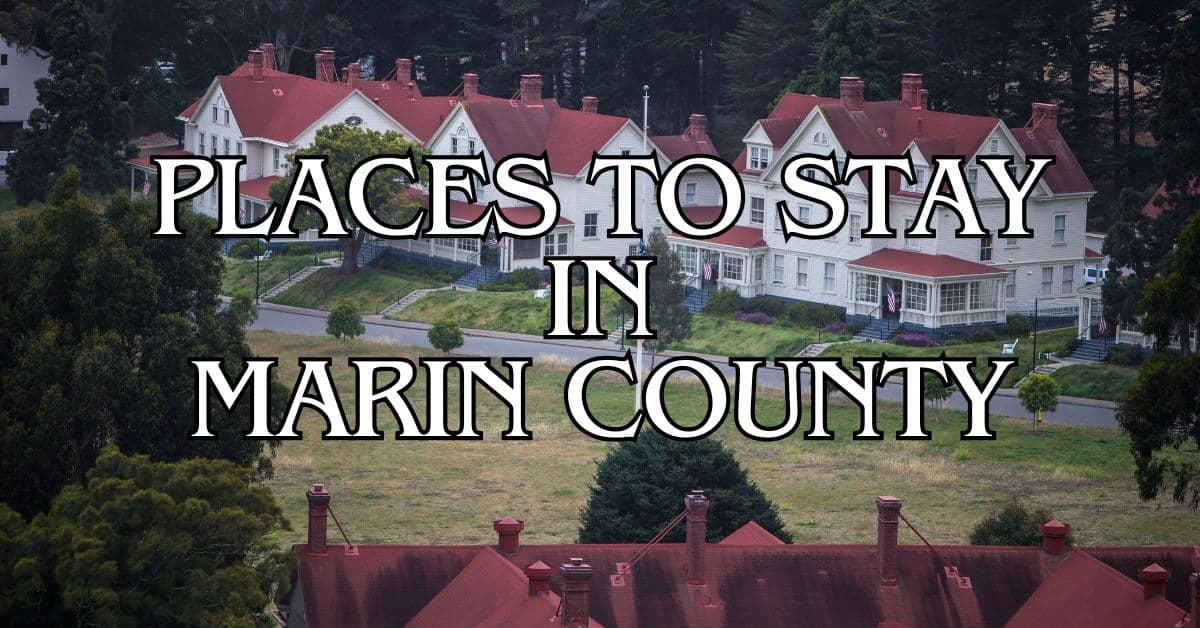Tucked away in Novato, the Museum of the American Indian invites you to step into Native American history right in Marin County. The museum highlights the heritage of local tribes like the Miwok and Pomo with rotating exhibits that keep things fresh. You’ll find this cultural gem open Wednesday through Sunday from noon to 4 PM—a nice window for a laid-back afternoon.
Don’t let the museum’s small size fool you; it’s packed with more than just static displays. You can jump into educational tours for all ages, which dig into both local California Native history and broader Native American culture. It can get pretty busy, which, honestly, says a lot about how much people value this spot.
Discover hand-picked hotels and vacation homes tailored for every traveler. Skip booking fees and secure your dream stay today with real-time availability!
Browse Accommodations Now
If you’re mapping out your Marin County plans, consider pairing your museum stop with a stroll through the surrounding park. The location really adds something, putting Native American history right alongside the landscape that shaped it. Before you go, maybe double-check their hours and see if any special exhibits are on—never hurts to be prepared.
Overview of the Museum of the American Indian
Sitting in Novato, the Museum of the American Indian offers a compact, meaningful dive into Native American heritage, especially the Coast Miwok people who lived in Marin County. The museum stands on an actual former Miwok village site, which honestly gives your visit some extra weight.
History and Mission
The Marin Museum of the American Indian opened to preserve and share the cultural legacy of indigenous peoples, especially those native to California. It’s one of those under-the-radar Marin County treasures that educates visitors about Native American history, traditions, and even current life.
With its location on land that once held a real Miwok village, the museum’s mission to honor indigenous heritage feels especially grounded. They run tours and programs for all ages, focusing on both Native California cultures and broader Native American experiences. Their commitment to cultural education makes this place a solid resource for locals and tourists who want the real story.
Permanent Collections and Exhibits
Inside, you’ll find a mix of artifacts—intricate baskets, pottery, and clothing—that offer a glimpse into indigenous daily life and customs. The exhibits focus on the Coast Miwok, who have deep roots in Marin County, telling stories about how they lived, their spiritual practices, and their close relationship with the land.
Art and cultural objects on display highlight skilled craftsmanship and artistic traditions from various tribes. Interactive elements help you get the significance of different pieces and how they fit into Native American communities.
Even with limited space, the museum’s thoughtful curation makes it surprisingly informative. Each exhibit aims to give you a deeper appreciation for Native American culture.
Notable Gold Rush Artifacts
The museum also features artifacts spotlighting Native American experiences during the California Gold Rush era. These items offer a different angle on this pivotal period—one you don’t usually hear about.
Find the perfect hotel or vacation rental. Instant booking, no fees!
View Top Stays
You’ll spot tools and objects that show how indigenous communities adapted during the Gold Rush. These pieces tell stories of resilience and change in a time of upheaval.
Some items reveal the impact of mining on Native lands and ways of life. They help you see the complicated relationship between indigenous peoples and the massive economic and social shifts brought by the Gold Rush.
Traditional Native tools from this period stand in stark contrast to miners’ gear, showing just how differently these groups approached the land.
Planning Your Visit
The Museum of the American Indian is a cultural experience worth fitting into your Marin County trip. Knowing when to go and how to get there will help you get the most out of it.
Location and Directions
You’ll find the Museum of the American Indian in Miwok Park in Novato. The peaceful park setting really suits the museum’s collection.
From San Francisco, just take Highway 101 north to the Novato exit and follow the signs to Miwok Park. Depending on traffic, the drive usually takes about 30-40 minutes.
If you’re using public transit, hop on a Golden Gate Transit bus from San Francisco to Novato. From there, a short taxi or rideshare will get you to the museum.
There’s free parking at Miwok Park for museum visitors—no stress about meters or tickets.
Hours of Operation and Admission
The Museum of the American Indian opens Wednesday through Sunday from 11:30 AM to 4:30 PM and closes on Mondays and Tuesdays.
Admission is pretty reasonable:
- Kids under 3 get in free
- $10 for children ages 3-17
- Adult prices vary depending on the exhibits
These hours give you time to look around, including the Learning Center downstairs.
Luxury stays to cozy cottages await, all with instant booking. Find the best deals!
Browse Marin Stays
It’s smart to check the museum’s website before your visit, since special events or exhibits might change the usual hours.
The museum isn’t huge, so most folks spend about 1-2 hours exploring everything.
Exploring Marin County Beyond the Museum
Marin County’s got a lot to offer beyond the museum. The area’s natural beauty and historic sites can really round out your understanding of Native heritage and local culture.
Recommended Itinerary for Cultural Enthusiasts
Start your morning at the Museum of the American Indian—it’s usually quieter then. You’ll want about 2-3 hours to really take it all in.
After the museum, head to Mount Tamalpais, a sacred site for the Coast Miwok. There are plenty of trails, but the Verna Dunshee Trail is an easy 0.75 miles with killer views.
Later in the day, check out Olompali State Historic Park, which was once a major Coast Miwok village. You’ll see a reconstructed village and, if you’re lucky, catch a guided tour on the weekend.
Finish up at Point Reyes National Seashore. Shell Beach and its ancient middens (those big shell mounds) are evidence of Native settlements that go way, way back.
Local Dining and Accommodation Options
Dining Highlights:
- Terrapin Crossroads in San Rafael: farm-to-table food, plus live music if you’re lucky
- Farmshop in Larkspur: seasonal California dishes with local ingredients
- Taste of the Himalayas in San Rafael: a flavorful break from your usual
Accommodation Options:
| Type | Recommendation | Features |
|---|---|---|
| Budget | Marin Lodge, San Rafael | Clean rooms, free parking |
| Mid-range | Panama Hotel, San Rafael | Historic building, restaurant on-site |
| Luxury | Cavallo Point Lodge, Sausalito | Bay views, spa services |
If you want something different, Olema House near Point Reyes is cozy and close to lots of cultural sites. The rooms are comfy, and the setting’s hard to beat.
Nearby Gold Rush Heritage Sites
Marin wasn’t exactly a hotbed during the Gold Rush, but there are some spots nearby that tie into this wild chapter of California’s story.
If you’re curious, swing by the Marin History Museum in San Rafael. They’ve got exhibits showing how the Gold Rush changed the area’s growth and business scene. You’ll spot artifacts from the 1850s, back when Marin mostly supplied food to booming San Francisco.
Not too far away in Petaluma (over in Sonoma County), Petaluma Adobe State Historic Park is worth a look. The place gives you a sense of how ranching took off to feed the hungry Gold Rush crowds.
Want the full Gold Rush vibe? Maybe set aside a day for Coloma in El Dorado County—it’s a bit of a trek (about 2.5 hours), but that’s where gold turned up at Sutter’s Mill in 1848 and kicked off the whole frenzy.
Find available hotels and vacation homes instantly. No fees, best rates guaranteed!
Check Availability Now






